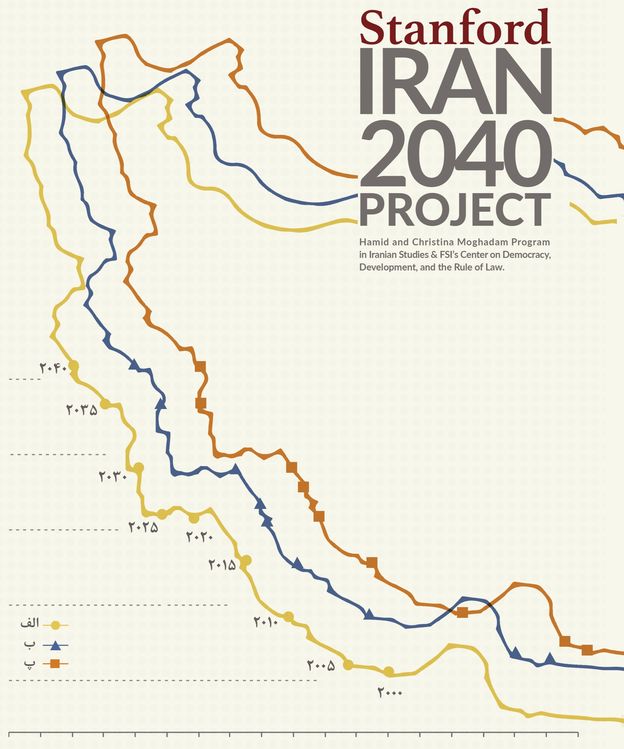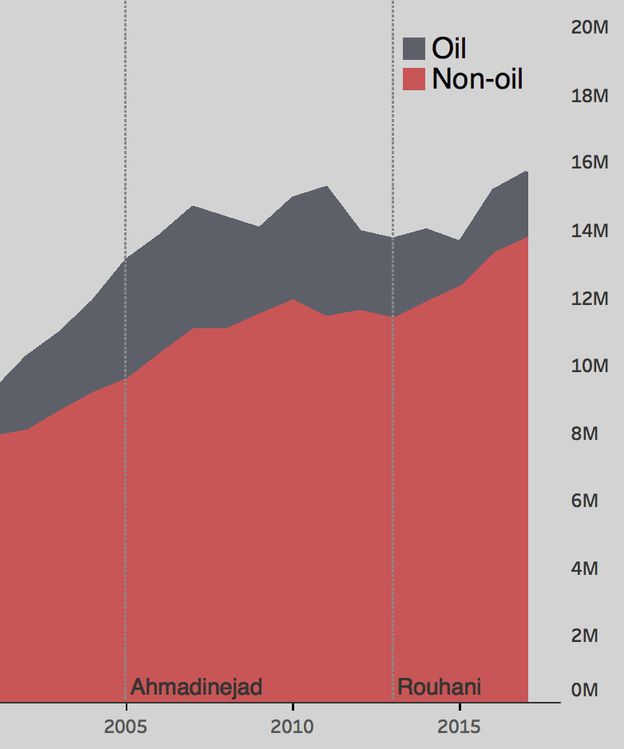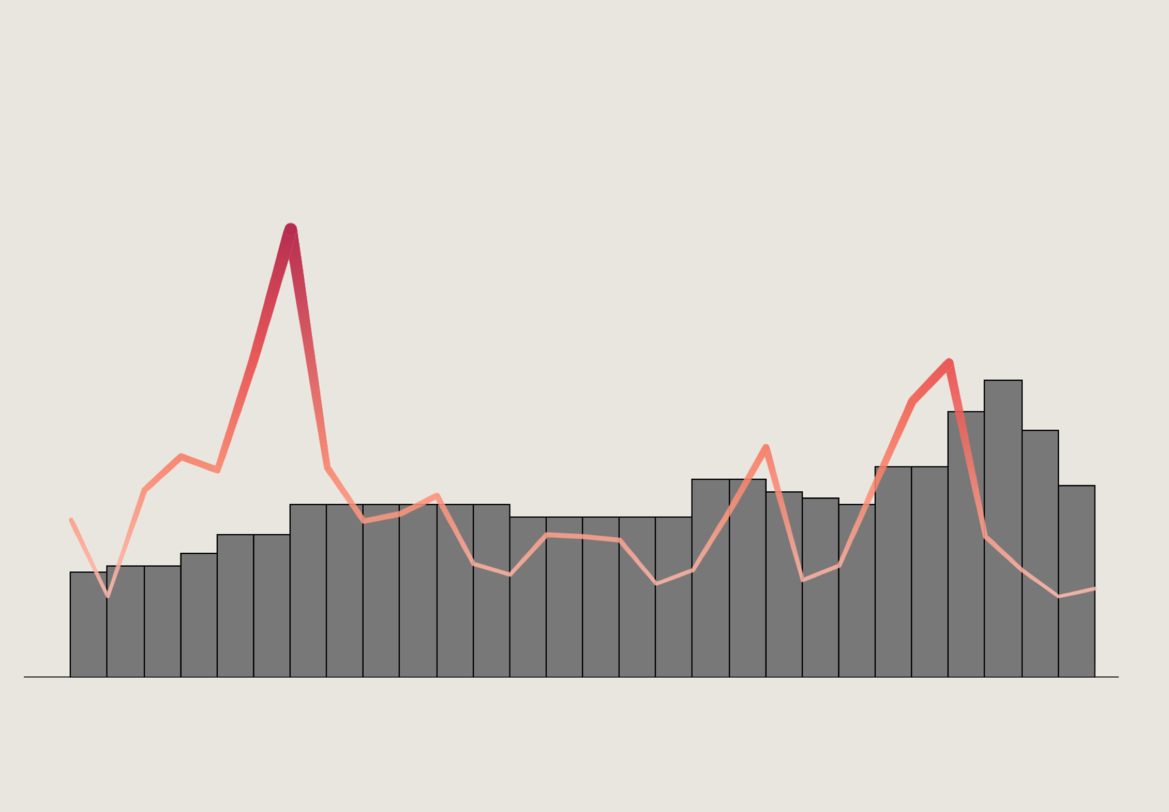Stanford Iran 2040

About the Project
Established in 2016, the Stanford Iran 2040 Project is an academic initiative that serves as a hub for academic researchers all around the world, particularly the Iranian diaspora scholars, to conduct research on issues related to the future of the Iranian economy and evaluate their possible implications in a global context. The Stanford Iran 2040 Project encourages quantitative and forward-looking research on a broad array of areas relating to Iran's economic development in the long-run to forecast the future of the country under different scenarios.
Areas of Research
The project's interdisciplinary research encompasses a wide range of topics which fall into the following broad groups:
Governance and Development
Systematic analysis of governance and interactions among its constituent elements is key to understanding a nation’s development trends. We attempt to provide such an analysis by evaluating the quality of governance in contemporary Iran by employing a multidimensional framework to describe the evolution of the state (the power- deploying institution within the system of governance), the rule of law and accountability (the checking institutions within the system of governance), and their relations with economic growth, the state’s legitimacy, and social mobilization.
Economy
Since the start of the twentieth century, the economy of Iran has undergone three episodes of rapid and sustained growth (1925–1941, 1953–1976, and 1989–2005) and numerous slumps (1941–1945, 1951–1953, 1976–1988, 2012–2015, and 2018–2021). Most of the important economic turning points were induced by critical political events such as the rise of Reza Shah to the throne and end of the Qajar dynasty, Anglo-Soviet invasion of Iran, oil nationalization movement, the revolution of 1979, and oil sanctions. Overall, the trends in economic growth of Iran over the past decades has had a significantly greater variance compared to that of many developing countries. Our research provides an overview of the major trends in the Iranian economy over the past half century by focusing on patterns of economic growth, shares of different sectors in the economy, employment, inflation, inequality, capital formation, and international trade. We aim to shed light on some of Iran's most pressing economic challenges by quantifying their magnitudes and future trajectories.
Population, Human Capital, and Social Trends
In the second half of the twentieth century, Iran completed its demographic transition from high to low mortality and, with a time lag, from high to low fertility. This transition first resulted in a high population growth rate which slowed later due to rapid fertility decline. The impacts of this transition on population size and age structure has given rise to a situation which resembles a two-edged sword. On the one hand, the explosive population growth of past decades has been, through different mechanisms, linked to nearly every problem confronting the nation: unemployment, poverty, water scarcity, undernourishment, urban pollution, the soaring domestic use of energy, and brain drain. On the other hand, the rise in the share of the working-age population can potentially serve as a driver for economic growth and development. Our research provides an in-depth account of Iran’s demographic dynamics by analyzing trends in population growth, fertility, marriage, age structure, life expectancy, urbanization, and geographical distribution and presents the major trends in the labor market and human capital formation.
Energy Resources
Since the beginning of the oil production in Iran over a century ago, the petroleum sector has played a central role in shaping the country’s path of economic and political development through multiple ways. Iran currently holds the fourth and second largest proven reserves of crude oil and natural gas in the world, respectively. We study Iran’s energy landscape by looking into trends in oil and gas productions, domestic consumptions, and exports. We also evaluate the historical role that oil revenue play in financing public expenditures and discuss its future potential in light of the shifting paradigm of the global oil markets from scarcity to abundance. Our research is also focused on how today’s sheer volume of produced natural gas in Iran is allocated to different uses and the inefficiencies associated with its misallocations as well as on trends in demand and supply sides of the electricity market.
Food and Water
Between 1960 and 2019, Iran’s total agricultural production has increased from less than 10 million tonnes to over 100 million tonnes. Besides the provision of food and employment by the agriculture sector, strategic policies rooted in the ideologies of past decades have consistently advocated and incentivized farming to reach the state of food self-sufficiency. Due to the sheer amount of water used for farming, water consumption in Iran has consistently exceeded its initial water stress threshold (i.e., a quarter of total renewable water) by approximately fourfold. As a result of this massive gap between the demand and sustainable supply of water, Iran is heading for a full-fledged socio-environmental crisis with a decisive impact on the wellbeing of current and future generations. Our research is focused on Iran's food-water nexus and its future socio-economic implications.

Public Database
Every year, a vast amount of data are produced and reported by dozens of Iranian government and international organizations. However, due to their scatteredness and lack of an integrated platform to compile and harmonize these data, their potential benefits to the society are never fully realized. Access to reliable data is in fact one of the major obstacles that holds back researchers, particularly those among the diaspora, from conducting quantitative research on issues facing Iran with a holistic approach. To address this shortcoming we have created one of the most comprehensive public databases of Iran’s economic, social, and environmental data with online visualization capabilities.
Disclaimer
The Stanford Iran 2040 Project is an academic initiative with the sole objective of promoting academic collaborations for studying various sectors of the Iranian economy and evaluating their global implications. We do not hold, advocate, or follow any political views or agenda. The contributors are selected solely based on their research skills and the center is not aware of, and not responsible for, the political views of its contributors and affiliates. Likewise, contributors and affiliates are not responsible for the political views of other contributors or affiliates. Stanford University complies with all applicable laws and regulations, including US trade sanctions regulations administered by the Department of the Treasury’s Office of Foreign Assets Control. The results and findings of the initiative are made available to the public with no exemption.
The Stanford Iran 2040 Project is co-sponsored by the Iranian Studies Program and the Center on Democracy, Development, and the Rule of Law at Stanford


